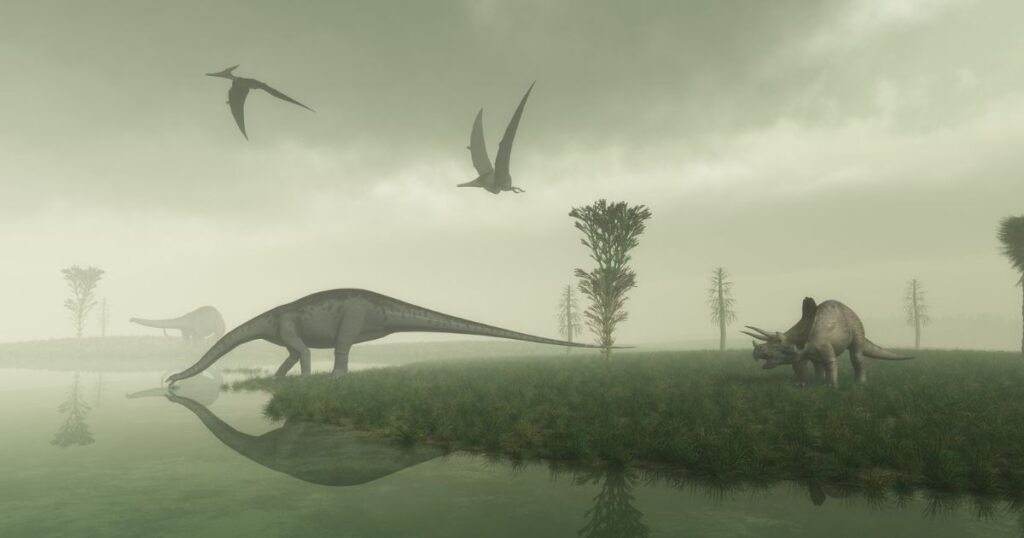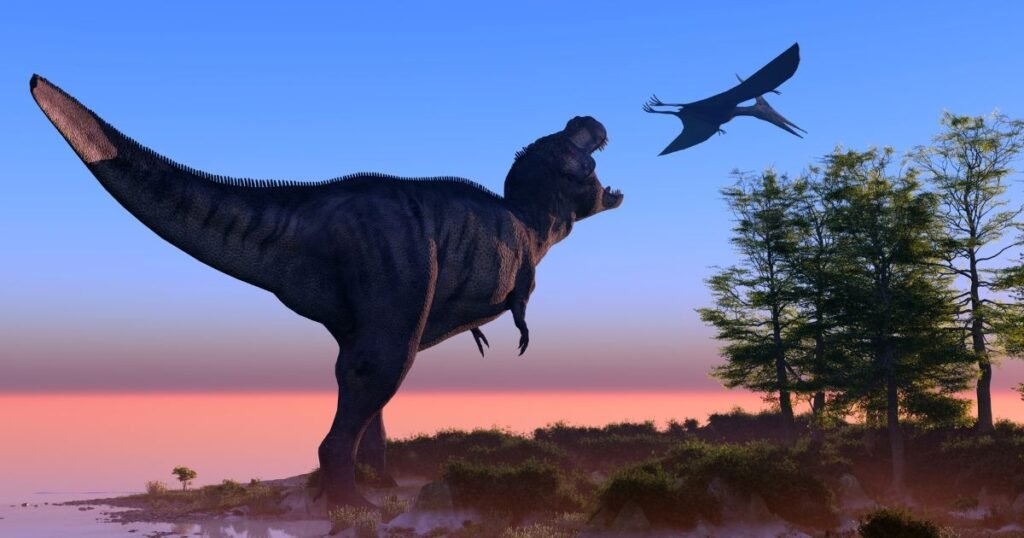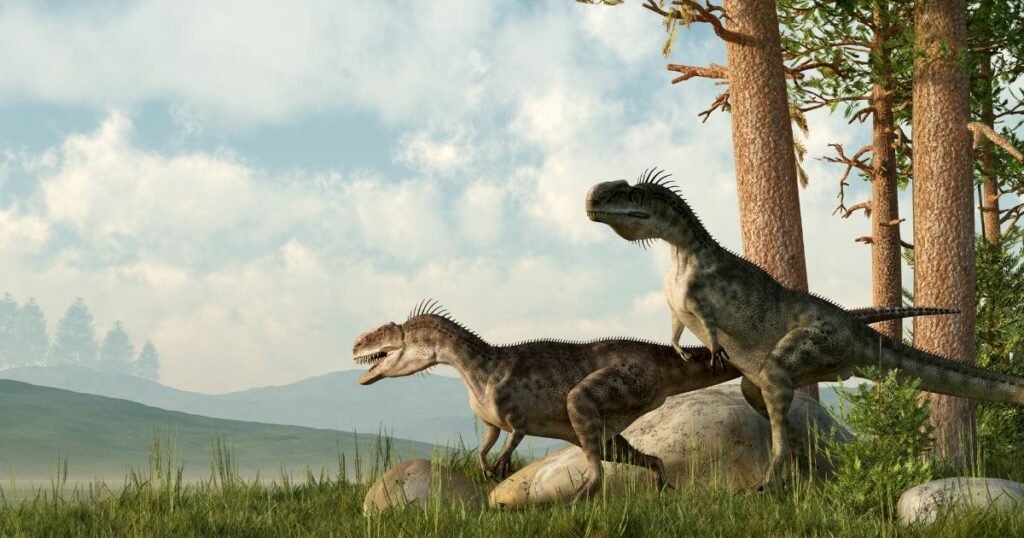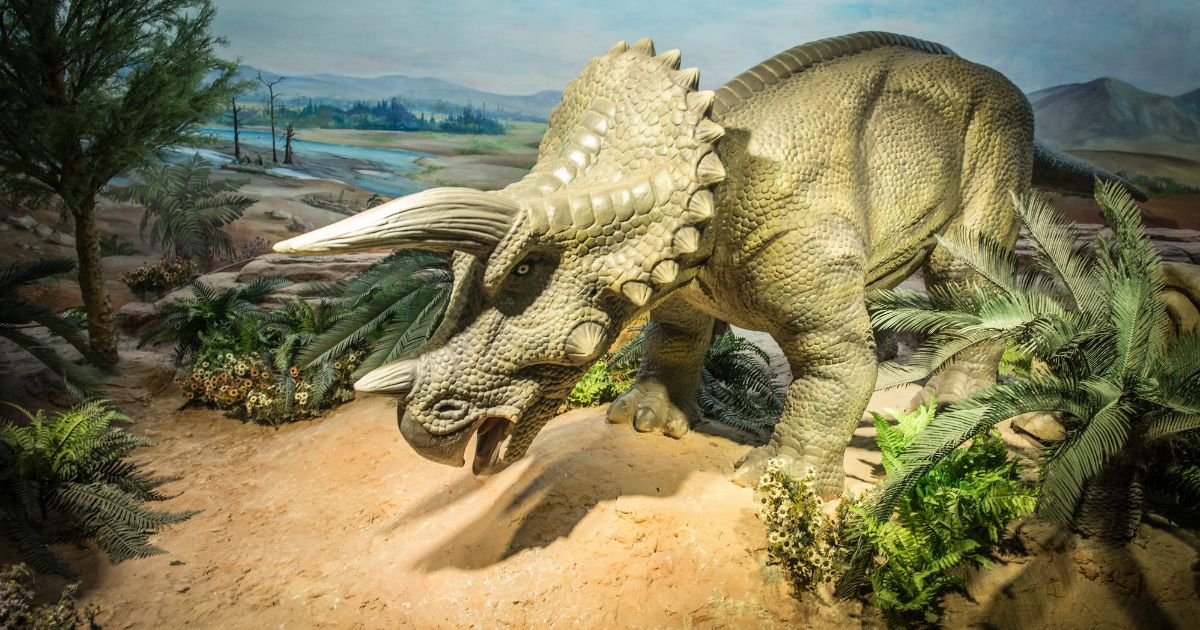Introduction
Animal extinction is one of the most pressing issues facing the planet today. The loss of biodiversity affects not only the animals themselves but also the entire ecosystem in which they live. Every year, numerous species disappear from the face of the Earth, and the trend is accelerating. In this article, we will explore the leading causes and effects of animal extinction, as well as some ways in which we can prevent it.
Table of Contents
Animal Extinction: Definition and Causes

What is animal extinction?
Animal extinction occurs when a species completely disappears from the Earth. Natural events or human actions, such as habitat destruction, climate change, pollution, and hunting, may be to blame for this.
Read More: Wildlife
What are the leading causes of animal extinction?

The leading causes of animal extinction are:
- Habitat destruction: One of the main reasons for animal extinction is the devastation of natural habitats brought on by human activities like mining, urbanization, and deforestation. When animals lose their homes, they migrate to new areas where they may not find adequate food, water, or shelter.
- Climate change: Animal populations and the Earth’s ecosystems are significantly impacted by global warming and climate change. As temperatures rise, many animals struggle to adapt to changing conditions, and their survival is threatened.
- Pollution: Pollution of the air, water, and soil is another major cause of animal extinction. Chemicals and toxins released into the environment can harm animal health and reproduction, leading to population declines.
- Hunting and poaching: Hunting and poaching have been responsible for the extinction of many animal species, including elephants, rhinos, and tigers. Demand for animal items like ivory, rhino horn, and tiger bones used in traditional medicine and other cultural practices frequently drives these actions.
Effects of Animal Extinction

What are the effects of animal extinction?
The effects of animal extinction are far-reaching and can have severe consequences for the environment and human populations. Some of the main results include:
- Loss of biodiversity: Every animal species plays a unique role in the ecosystem, and the demise of even a single species can impact the entire food chain. As more and more species go extinct, the planet’s overall biodiversity is reduced, which can lead to imbalances and instability in the ecosystem.
- Disruption of ecosystem services: Animals play a crucial role in providing essential ecosystem services such as pollination, seed dispersal, and nutrient cycling. When animal populations decline, these services may be disrupted, leading to further environmental problems.
- Economic impacts: The loss of animal species can have significant financial consequences, particularly for industries such as agriculture, forestry, and tourism. Many products and services, such as honey, timber, and whale-watching tours, rely on animals. The loss of these resources can have serious economic consequences for communities worldwide.
Read More: Leatherback Bearded Dragon
Preventing Animal Extinction

- The Severity of Animal Extinction: Understanding Its Causes, Impacts, and Conservation Efforts
This section will explore the seriousness of animal extinction, its causes, its impacts on the environment and society, and the efforts made to conserve endangered species.
- The Causes of Animal Extinction: Human Activities and Natural Factors
This section will discuss the various factors leading to animal extinction, including human activities like habitat destruction, poaching, climate change, and natural elements such as disease outbreaks and natural disasters.
- Endangered Species: A Comprehensive List of Animals on the Brink of Extinction

This section will provide a comprehensive list of endangered animals facing the threat of extinction, highlighting the severity of the situation and the need for conservation efforts.
- The Impacts of Animal Extinction: Ecological, Economic, and Social Consequences
This section will explore the various impacts of animal extinction on the ecosystem, economy, and society, highlighting how biodiversity loss can affect us all.
- Loss of Biodiversity: Why It Matters and What We Stand to Lose
This section will focus on the importance of biodiversity and the risks associated with its loss, including the impacts on ecosystem functioning, human health, and global sustainability.
- Habitat Destruction: The Leading Cause of Animal Extinction
This section will delve into habitat destruction, which is the primary cause of animal extinction, discussing the various ways it occurs and its impact on wildlife.
- Poaching and Wildlife Trafficking: Illegal Trades that Threaten Wildlife
This section will focus on the illegal trades of poaching and wildlife trafficking, highlighting the devastating impact it has on endangered species and the efforts being made to combat it.
- Climate Change: How It Affects Animal Populations and Their Habitats
This section will discuss the impact of climate change on animal populations, exploring how temperature, rainfall patterns, and sea levels can affect their habitats and survival.
- Conservation Efforts: What is Being Done to Protect Endangered Species
This section will highlight the various conservation efforts to protect endangered species, including legislation, conservation programs, and community initiatives.
- What You Can Do to Help: Tips for Supporting Animal Conservation and Fighting Extinction
This section will provide practical tips and suggestions for how individuals can support animal conservation efforts and contribute to fighting extinction, emphasizing the importance of taking action at the individual level.
What can we do to prevent animal extinction?

Preventing animal extinction requires a concerted effort from individuals, governments, and organizations worldwide. Here are a few ways that each of us can help to protect animal species:
- Support conservation efforts: Numerous organizations work to safeguard threatened species and their habitat. By supporting these efforts through donations, volunteering, and advocacy, we can help ensure these species survive.
Reduce your carbon footprint: Climate change is a significant driver of animal extinction, so reducing your carbon footprint by using public transportation, using renewable energy, and consuming fewer animal products can help to reduce your impact on the environment and slow the effects of climate change.
- Reduce waste and pollution: By reducing the amount of waste we produce and properly disposing of hazardous materials, we can help to reduce pollution and its harmful effects on animal populations.
- Support sustainable agriculture: Agriculture significantly drives habitat destruction and pollution. By supporting sustainable agriculture practices, such as organic farming and regenerative agriculture, we can help reduce agriculture’s impact on animal populations and their habitats.
- Educate others: Raising awareness about animal extinction and its causes can help to encourage others to take action to prevent it. By sharing information and encouraging others to take action, we can all play a role in preserving the Earth’s biodiversity.
FAQs about Animal Extinction
1. Why is animal extinction important?
Animal extinction is essential because it can have far-reaching consequences for the environment and human populations. The loss of biodiversity can lead to instability in the ecosystem, disruptions to important ecosystem services, and economic impacts on communities worldwide.
2. What is the most significant cause of animal extinction?
The most significant cause of animal extinction is habitat destruction due to human activities such as deforestation, urbanization, and mining.
3. How can we prevent animal extinction?
Preventing animal extinction requires a concerted effort from individuals, governments, and organizations worldwide. This can include supporting conservation efforts, reducing your carbon footprint, reducing waste and pollution, supporting sustainable agriculture, and educating others.
4. What are the consequences of animal extinction?
The consequences of animal extinction can include:
The loss of biodiversity.
Disruption of ecosystem services.
Economic impacts on communities that rely on animal products and services.
5. What can I do to help prevent animal extinction?
You can help to prevent animal extinction by supporting conservation efforts, reducing your carbon footprint, reducing waste and pollution, supporting sustainable agriculture, and educating others.
6. How does animal extinction affect humans?
Animal extinction can affect humans by disrupting ecosystem services, reducing the availability of essential resources such as food and medicine, and impacting industries such as agriculture, forestry, and tourism.

Conclusion
Animal extinction is a serious issue that requires action from individuals, governments, and organizations worldwide. By understanding the causes and effects of animal extinction and taking steps to prevent it, we can help to preserve the Earth’s biodiversity for future generations. No matter how small, every action can make a difference in the fight against animal extinction.










